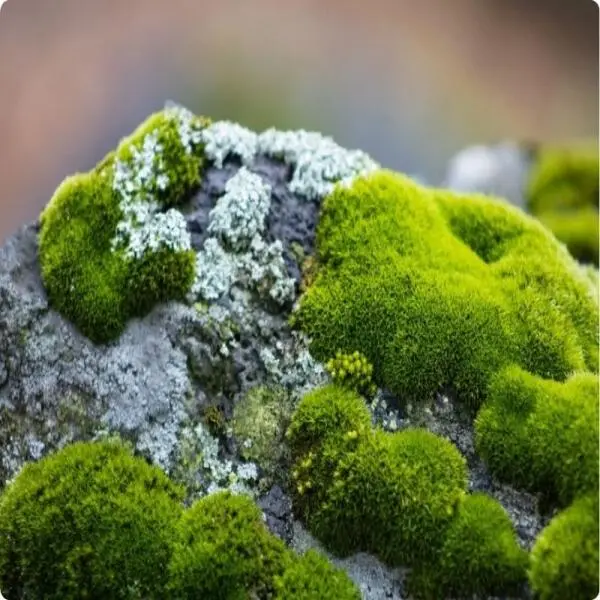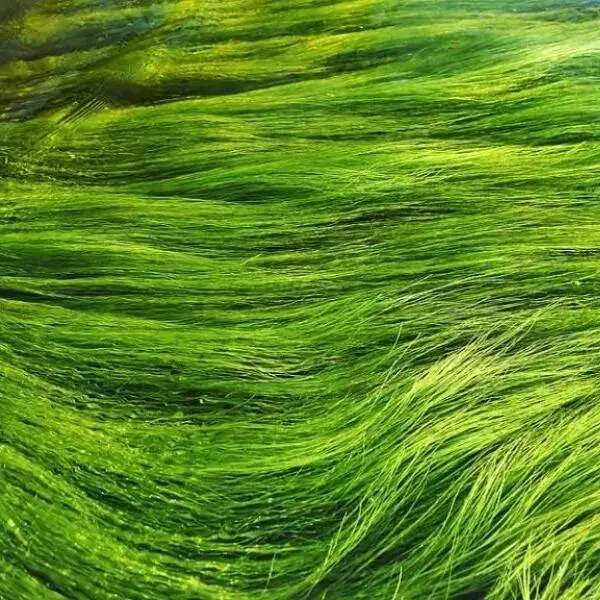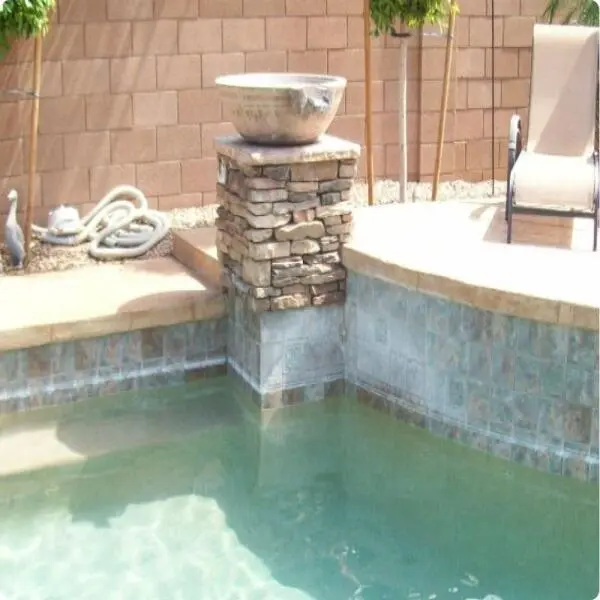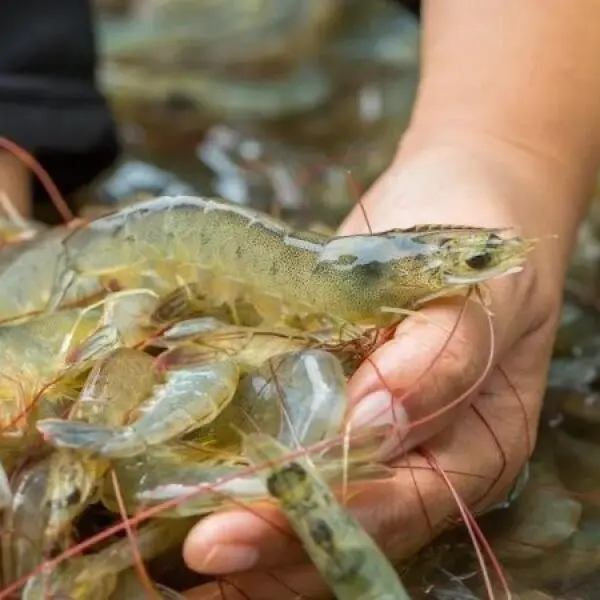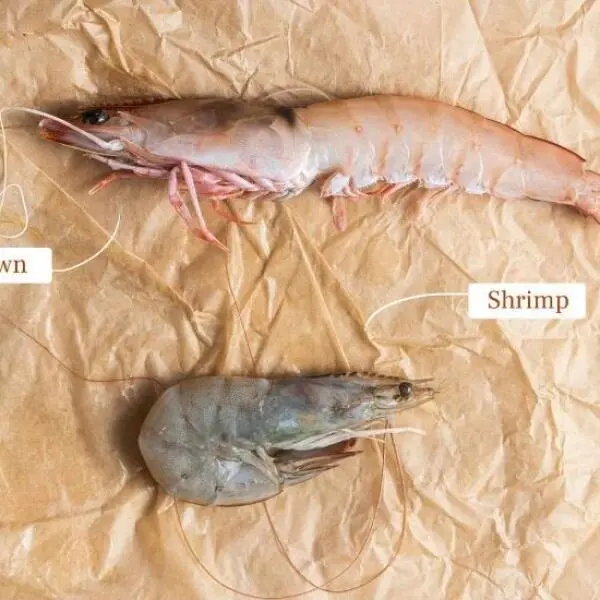
Algae and moss are often mistaken for one another due to their green appearance and similar growth environments. However, these two organisms are distinct in their classification, structure, habitats, and roles in ecosystems. In this article, we’ll dive deep into the differences between algae and moss, answer the question “Is algae and moss the same?” and discuss effective methods on how to get rid of moss and algae when they become problematic.
What Are Algae and Moss?
Algae are a diverse group of photosynthetic organisms belonging to the Protista kingdom, with over 30,000 species. They thrive primarily in aquatic environments but can also grow in moist terrestrial locations such as soil, tree bark, and wet rocks. Algae range from microscopic single-celled organisms to large multicellular structures and can be found in green, red, or brown colors depending on their pigmentation and environmental needs.
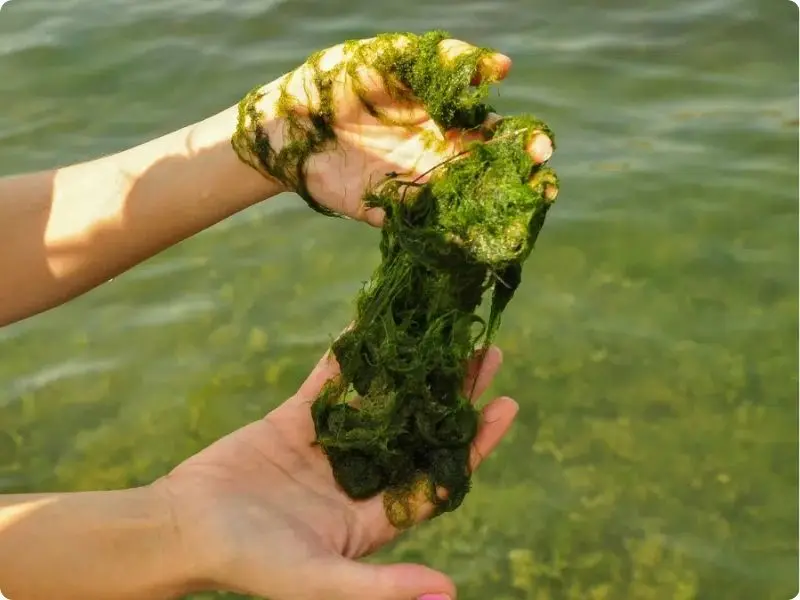
Algae
Moss, on the other hand, belongs to the Bryophyta division within the Plantae kingdom. With over 12,000 known species, mosses are small, nonvascular plants typically found in damp, shaded environments on land. Unlike algae, mosses have a more defined structure with root-like rhizoids, leaf-like structures, and a stem-like axis, though they lack the vascular tissues present in higher plants.
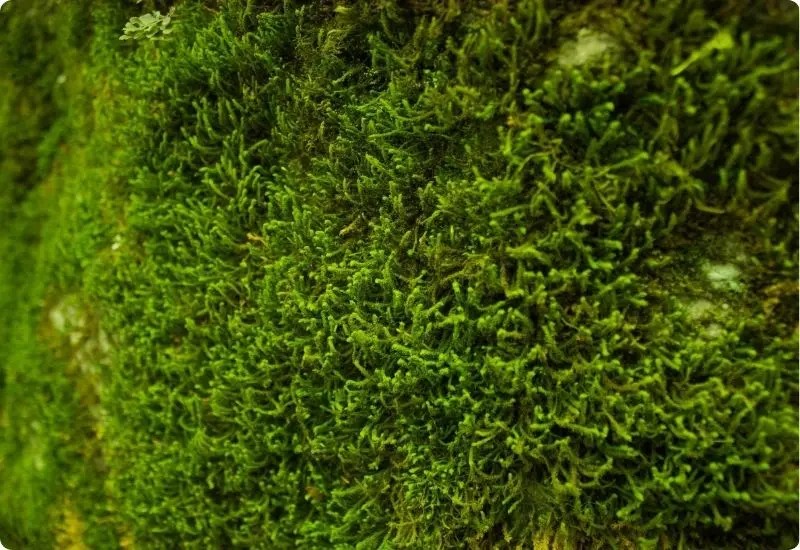
Moss
Key Differences Between Algae and Moss
Algae and mosses share certain similarities but differ significantly in their structure, habitat, and life cycles. A closer examination reveals the following primary disparities:
1. Classification and Phylogeny
Algae are part of the Protista kingdom, making them distinct from true plants. They are a polyphyletic group, meaning they do not have a single common ancestor but instead evolved independently in different lineages. Mosses, however, belong to the Plantae kingdom and are a paraphyletic group, sharing a common ancestor. They are true plants, grouped within bryophytes alongside liverworts and hornworts.
2. Structure
Algae come in a myriad of shapes. Some are unicellular, like diatoms, while others, like kelp, are large multicellular organisms. Algae lack specialized structures like roots, stems, and leaves, typically taking on a thallus form, which can be filamentous, branched, or plate-like.
Mosses, in contrast, have distinct structures that mimic roots (rhizoids), stems, and leaves. These adaptations help mosses anchor themselves to various surfaces, although they still absorb water and nutrients directly through their leaves rather than through roots. This structure allows them to grow on diverse surfaces such as rocks, trees, and soil.
3. Reproduction
Algae have various reproductive methods, including simple asexual cell division, fragmentation, and more complex sexual reproduction involving gametes. Depending on the species, algae may produce isogamous, anisogamous, or oogamous gametes, with no embryo formation from the zygote.
Mosses reproduce by both sexual and asexual means. Their sexual reproduction involves male and female gametes, which, after fusion, form a sporophyte attached to the parent gametophyte. This sporophyte then releases spores that grow into new moss plants, completing the life cycle. Mosses’ reproductive organs are more complex, with protective jackets surrounding the reproductive cells to help them withstand environmental changes.
4. Habitat
Algae are primarily aquatic, flourishing in both saltwater and freshwater environments. They can be found on the surface of water bodies, submerged, or even on moist terrestrial surfaces. Green algae typically inhabit shallow waters, while red algae can live at depths up to 100 meters.
Mosses are primarily terrestrial, thriving in damp, shaded environments like forest floors, rocks, and bogs. Some species can tolerate extreme environments, such as deserts and the Arctic tundra, though these are less common.
5. Ecological Roles
Both algae and mosses play essential roles in their ecosystems, but in different ways. Algae are primary producers in aquatic ecosystems, synthesizing nutrients through photosynthesis and enriching water bodies with oxygen. They serve as a food source for numerous aquatic organisms and are crucial to the global carbon cycle, helping absorb atmospheric CO₂.
Mosses contribute to soil stability and erosion control in terrestrial ecosystems. They help retain moisture, provide habitat for small organisms, and serve as a food source for insects and small mammals. Mosses are also essential for soil formation, as they decompose and contribute organic material that aids in nutrient cycling.
Structural Comparison Table
Characteristic | Algae | Moss |
Classification | Kingdom Protista | Kingdom Plantae |
Structure | Thallus-like, no true differentiation | Root-like, leaf-like, and stem-like structures |
Habitat | Mainly aquatic (marine and freshwater) | Moist, damp, and shady terrestrial areas |
Reproduction Organs | Female: Oogonium | Female: Archegonium |
Sterile Jacket | Absent | Present around both male and female organs |
Reproductive Cells | All cells can reproduce | Only apical cells reproduce |
Generation Alternation | Isomorphic | Heteromorphic |
Sporophyte Structure | Undifferentiated | Differentiated into foot, seta |
Is Algae and Moss the Same?
No, algae and moss are not the same. While both are green, photosynthetic organisms without vascular systems, they belong to different kingdoms and have different structures, habitats, and life cycles. Algae are predominantly aquatic and include both unicellular and multicellular species, whereas mosses are exclusively multicellular and mostly terrestrial.
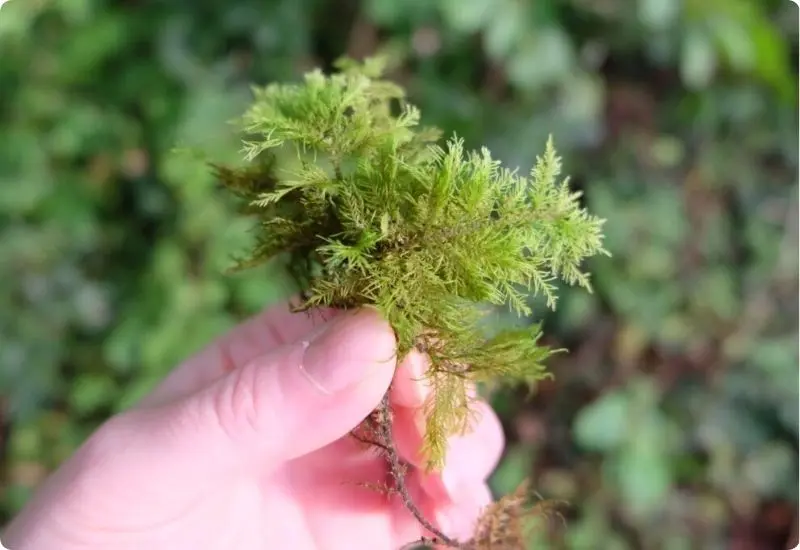
Is Algae and Moss the Same?
What is The Best Way to Eliminate Moss and Algae?
Moss and algae growth can sometimes become undesirable, particularly on surfaces like walkways, roofs, and in gardens. Here are effective methods to manage and control their growth:
1. Physical Removal
For smaller areas, such as on rocks or tree bark, scrubbing with a stiff brush and water can effectively remove moss and algae. On larger areas, like roofs or driveways, pressure washing is a suitable method for algae and moss removal. However, it’s essential to be gentle on delicate surfaces to avoid damage.
2. Chemical Treatments
Various chemical solutions can help eliminate moss and algae. Products containing potassium salts of fatty acids, bleach solutions, or commercially available moss and algae killers work well but should be used cautiously. Follow all safety guidelines and environmental recommendations to prevent harm to other plants or wildlife.
3. Sunlight Exposure
Moss and algae flourish in shady, humid environments. Pruning trees or plants to increase sunlight exposure and improve air circulation can help reduce moisture, making these areas less suitable for moss and algae growth.
4. Improve Drainage
Poor drainage contributes to moisture buildup, which encourages moss and algae growth. Improving soil drainage or adjusting surface slopes in affected areas can help mitigate growth by keeping surfaces drier.
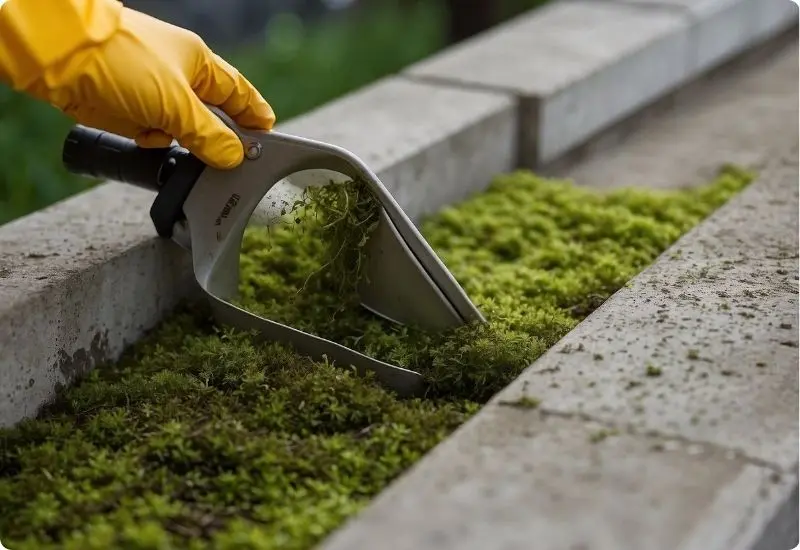
What is The Best Way to Eliminate Moss and Algae?
The Economic Importance of Algae and Moss
Algae and moss have practical applications beyond their ecological roles.
- Algae: Algae are highly valued in industries for their diverse uses. Agar, derived from red algae, serves as a growth medium for bacteria and fungi in labs. Species like Chlorella and Spirulina are marketed as superfoods due to their rich vitamin content. Algal pigments are also used as natural dyes and coloring agents.
- Moss: Mosses, especially Sphagnum, are harvested for horticultural purposes due to their water-retention properties. Peat, a product of decayed moss, is used as a soil amendment, fuel, and even in traditional medicine. Florists use moss for decorative purposes in arrangements and terrariums.
Conclusion
Algae and moss may appear similar, but they are vastly different organisms with unique structures, classifications, and ecological roles. Algae, part of the Protista kingdom, dominate aquatic ecosystems, playing a vital role in the global carbon cycle and serving as a food source for aquatic life. Moss, part of the Plantae kingdom, stabilizes soil in damp terrestrial environments, providing habitat and aiding soil formation.
Understanding these differences helps us appreciate the distinct roles that algae and moss play in their respective environments. Whether as crucial oxygen producers or soil stabilizers, both algae and moss contribute significantly to biodiversity and ecosystem health. By knowing how to manage their growth and understanding their economic value, we can better incorporate these ancient, resilient organisms into human applications and environmental management strategies
Related Articles
Can moss really grow anywhere?
Moss is a unique and resilient plant that has adapted to survive in diverse ecosystems for hundreds ...
Cyanobacteria vs Algae: Understanding Their Key Differences and Significance
Aquatic ecosystems harbor diverse photosynthetic organisms, with cyanobacteria and algae being two ...
What High Levels of Ammonia in the Blood Mean for Health
Ammonia is a naturally occurring substance in the body that is vital to certain metabolic processes. ...
Tired of pool scale? What causes white spots in your pool?
Pool scale is a common issue for pool owners, causing unsightly deposits and potentially damaging ...
Want to learn more about type of shrimp? From ocean to plate
Shrimp is a versatile and beloved seafood staple, but few realize the incredible variety of shrimp ...
Shrimp and Prawns: Unveiling the Differences and Similarities
If you’ve ever encountered a seafood menu or a bustling fish market, you’ve likely seen the terms ...

